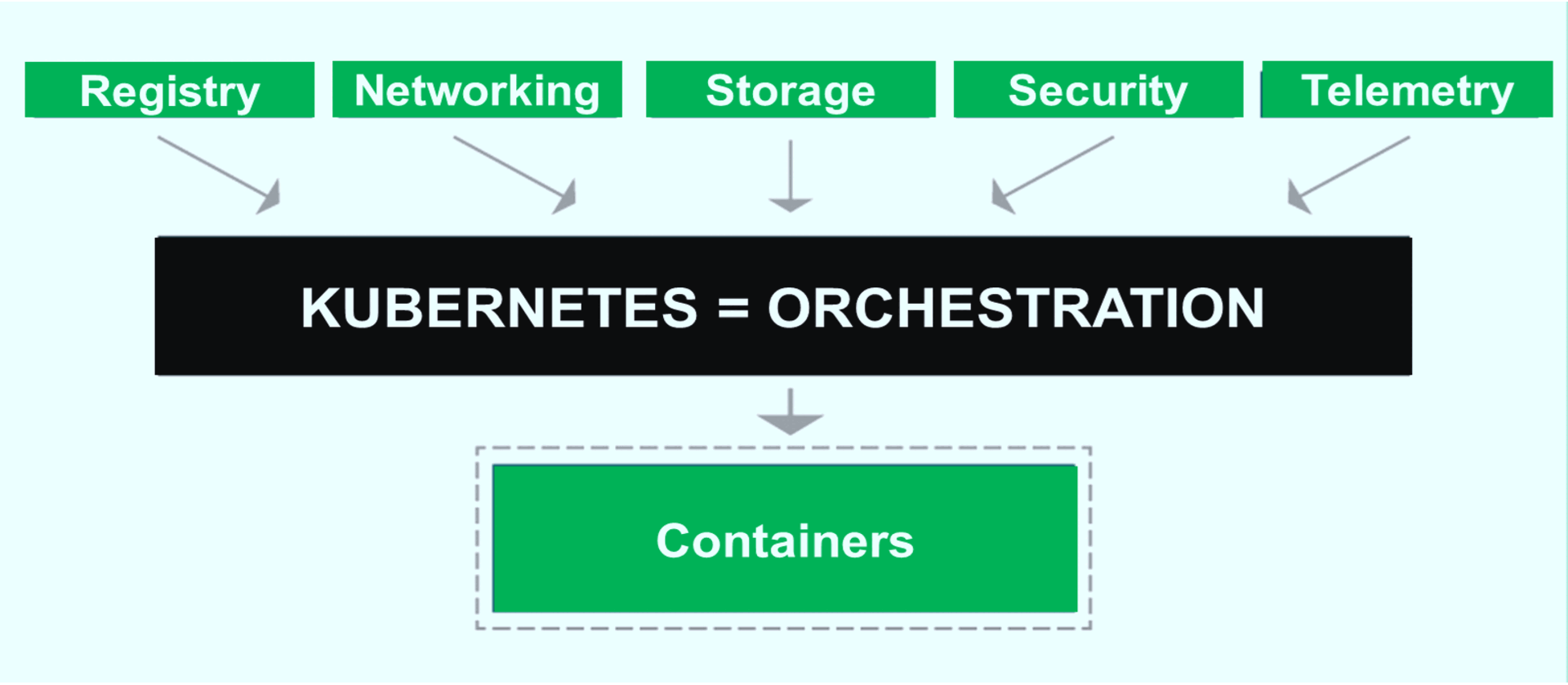-
My friend: Hi Ibrahim, I have a question for you.
- Me: Please, go ahead.
-
My friend: I want to understand more about Kubernetes and its usage in telco cloud, so can you shed some light about it?
- Me: Sure. In a containerized environment, where microservices are deployed inside containers, usually we have hundreds or even thousands of containers, and we can’t control all these containers manually, so Kubernetes (or in short K8s, where 8 refers to the 8 letters between the first and last letters of the word Kubernetes), is used to manage and orchestrate all these containers, that’s why it is called container orchestrator or container manager. K8s is a system to deploy, scale, and manage containerized applications anywhere. It is an open source, so that means any one can download and do some modifications to it, add new features, tools, services, etc. and then we get a new platform that is built on K8s.
-
My friend: Sorry, Ibrahim, but I didn’t understand the last point, what do you mean by adding features to K8s and who will do it?
- Me: You need to think of K8s like a car engine. An engine can run on its own, but it becomes part of a functional car when it’s connected with a transmission, axles, and wheels. Just installing K8s is not enough to have a production-grade platform. K8s needs additional components to become fully functional. You’ll need to add authentication, networking, security, monitoring, logs management, and other tools. That’s where you will get the complete car such as Red Hat solution, which is OpenShift, Google solution which is Google Kubernetes Engine (GKE), Microsoft solution which is Azure Kubernetes Service (AKS), and Amazon solution which is Amazon Elastic Kubernetes Service (Amazon EKS).
-
My friend: So, what are the benefits that K8s can provide for my telco cloud functions?
- Me: K8s allows you to automate day-to-day operations. So, you can make sure applications are always running the way you intended them to run. Also, when you install K8s, it handles the compute, networking, and storage on behalf of your workloads which allows developers to focus on applications and not worry about the underlying infrastructure. Moreover, K8s continuously runs health checks against your services, restarting containers that fail, or have stalled, and only making available services to users when it has confirmed they are running.
-
My friend: Thank you so much, you made it very clear.
- Me: You are most welcome.
Please press the like and share buttons to spread this info.

LinkedIn: ![]()